Behind the scenes - RSC Christmas show opens this week promising a host of magical delights
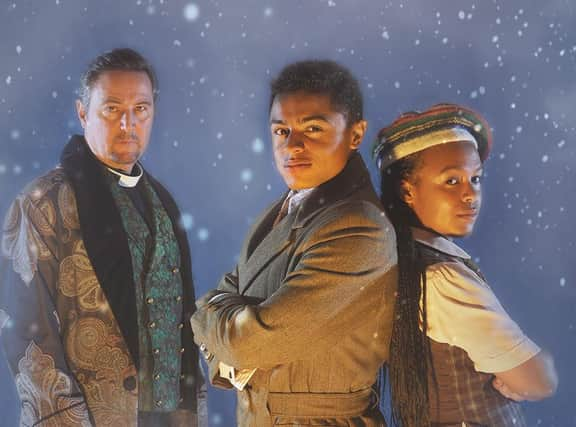

John Masefield’s classic book, The Box of Delights, adapted by Piers Torday, tells the story of orphaned schoolboy Kay Harker who is given a magical box which scoops him up into a battle between two powerful magicians. Can he save the people he loves – and Christmas?
The acting, movement, puppetry, staging, music and technical facilities at the RST make this a festive production to transport any child – or adult – into a world of enchantment and imagination. See more photos here.
Advertisement
Hide AdAdvertisement
Hide AdWith wonderful, illuminated steam train carriages, scenes ‘under water’, a car-o-plane and adventures underground there are some remarkable characters in this supernatural tale.
Central to the production is a collection of creative brains including stage designer, Tom Piper, director of puppetry, Samuel Wyer, movement director Simon Pittman, video designer, Nina Dunn and director Justin Audibert. These masterminds are supported by a large, hugely talented cast and the exceptional skills of everyone who works behind the scenes.
Piper was part of the team that presented a much smaller production of The Box of Delights in 2017 at Wilton’s Music Hall, London.
He said: “It was on a tiny stage with no flying facilities or automation of any kind. So the challenge in going from that production, with its smaller budget and cast, to being commissioned to do it for the RSC was how we would keep the charming low tec essence of the story-telling - based on a child's imagination, dreaming and fantasizing - while bringing it into a much bigger space and using all of the technical resources and wizardry of the RST.
Advertisement
Hide AdAdvertisement
Hide Ad"The actual Box of Delights that Kay Harker is given to protect can do three things: make you very small, make you very fast, and enable you to travel in time and space.
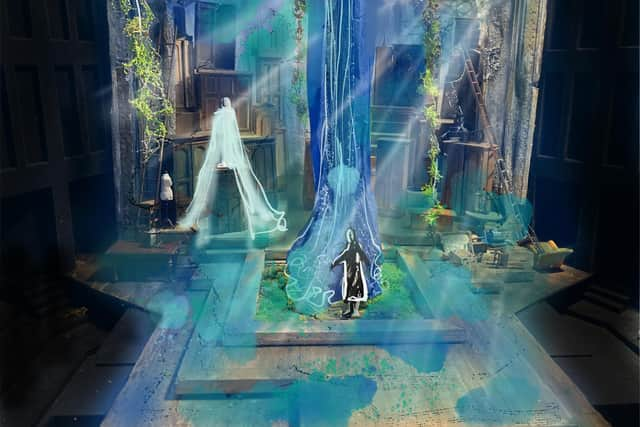

"It's all about the wonderful power of theatre; what I’m trying to do as a designer is trying to create a spectacle that's open, transparent and honest in how we present it.
"We do fly people in the air, but you very clearly see the rope they're attached to and the other actor who provides the human counterweight for the flying. So you get the magic but we also show how we made it,” he said.
"We're continuously engaging the audience’s imagination, as a child might make a car out of cushions in their sitting room, to turn a pile of old furniture into a magical forest or a Christmas townscape.”
Advertisement
Hide AdAdvertisement
Hide AdThe staging includes 26 wardrobes, many sourced second hand and adapted by the RSC scenic workshops, which are moved around to create different locations. We begin in an attic covered in dust sheets where Kay and his grandfather discover many objects that reappear later to help tell the story.
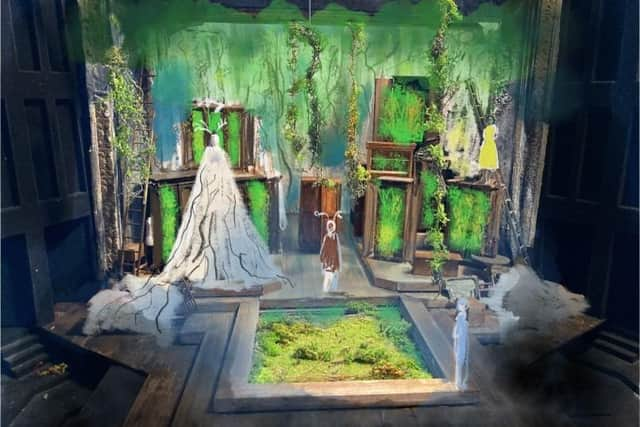

"Gradually the dust sheets become the snowy, wintry landscape. And gradually they get stripped away. By the second half we're underground in the lair of the bad wizard, Abner Brown, where they're three stories high. It becomes a very kind of gothic and quite menacing environment. But it's all still just wardrobes.”
Samuel Wyer has used his amazing puppetry design skills to create special moments and scenes with the fantastical characters. A car becomes an aeroplane, Kay Harker becomes a miniature version of himself, a phoenix emerges from the tiny box of delights, and we meet a big bouncy dog.
The tricks are created by superb puppet-making and incredible acting. One example is the puppet of Kay when he has to ‘go small’.
Advertisement
Hide AdAdvertisement
Hide Ad"Kay Harker has to shrink and for this we have made a puppet whose face has been 3D scanned and printed by the RSC,” he said.
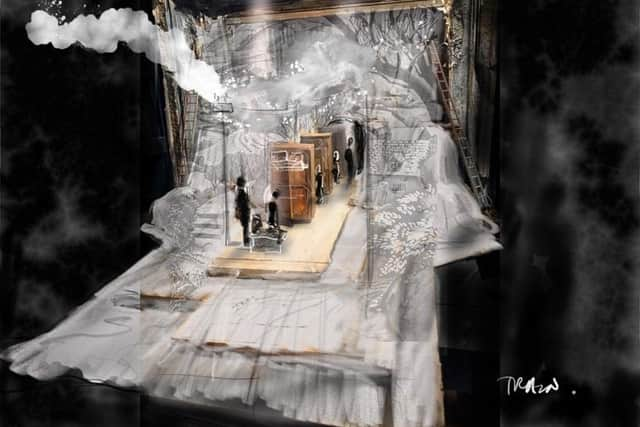

"Normally a puppet like this would be operated by a minimum of three people articulating his features. But ours has been created so the weighting of his limbs means he can be operated by one person. It breaks a lot of the established rules of puppetry.”
The tricks are managed by superb puppet-making and incredible acting. One example is the phoenix.
“Barney the dog is companion to our ‘good’ wizard, Cole. Barney is a real crowd pleaser. Again we use the skills of the performers employing all of the animalistic techniques they’ve learned with their bodies, channelling them through the dog. And the Phoenix has six wings, with a total wingspan of five metres, brought to life by five performers. "
Advertisement
Hide AdAdvertisement
Hide AdAs a theatre designer, Wyer found some elements of stories could only be told through physical theatre, changes of scale or fantastical movement that performers cannot always create. So early on in his career he moved into puppetry.
"The kind of puppetry I like to employ is very un-technical and is based on the physicality of the performer. Tom’s brilliant design in this show has elements, such as Kay’s costume or the planes and trains, which cross over with the puppet world and also with the movement world.
“The puppets have integrated lighting integrated and there’s also puppetry in the video design.”
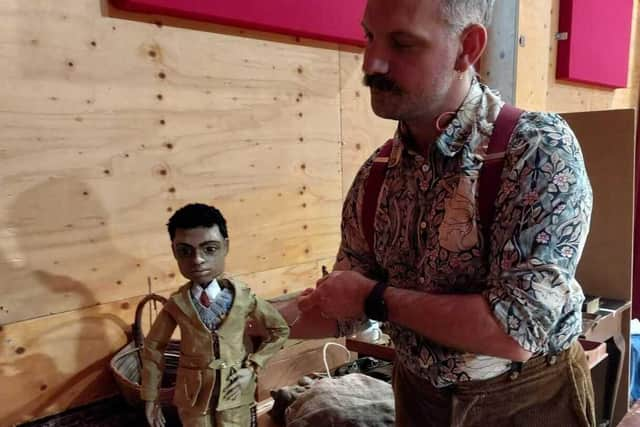

The Box of Delights is one of Wyer’s three shows this Christmas, with others at the National Theatre and the Royal Opera House.
Advertisement
Hide AdAdvertisement
Hide AdDirector Justin Audibert has described The Box of Delights as ‘the first fantasy novel for children’ influencing books like the Harry Potter series. He says many elements have been picked up by writers after Masefield: “There are too many elements to name but to start with - battling wizards, a magical phoenix, a group of children who have to work together to outwit sinister grown-ups, innocent people being kidnapped – and ultimately the light being the only thing that can overcome the darkness.”
The Box of Delights runs from October 31 – January 7. Best availability for the show is midweek performances in November. Tickets and availability can be found at www.rsc.org.uk/the-box-of-delights/tickets